15 Hardy Perennials That Can Handle Fall Planting
Planting in the fall can give your garden a head start for next year. The cooler, moist conditions help perennials establish deep roots that will keep them thriving throughout the year. Choosing the right plants for autumn planting ensures a colorful garden when spring arrives. You can make the most of the fall weather and have a garden that shines.
This post may contain affiliate links, which helps keep this content free. Please read our disclosure for more info.
Aster (Aster spp.)
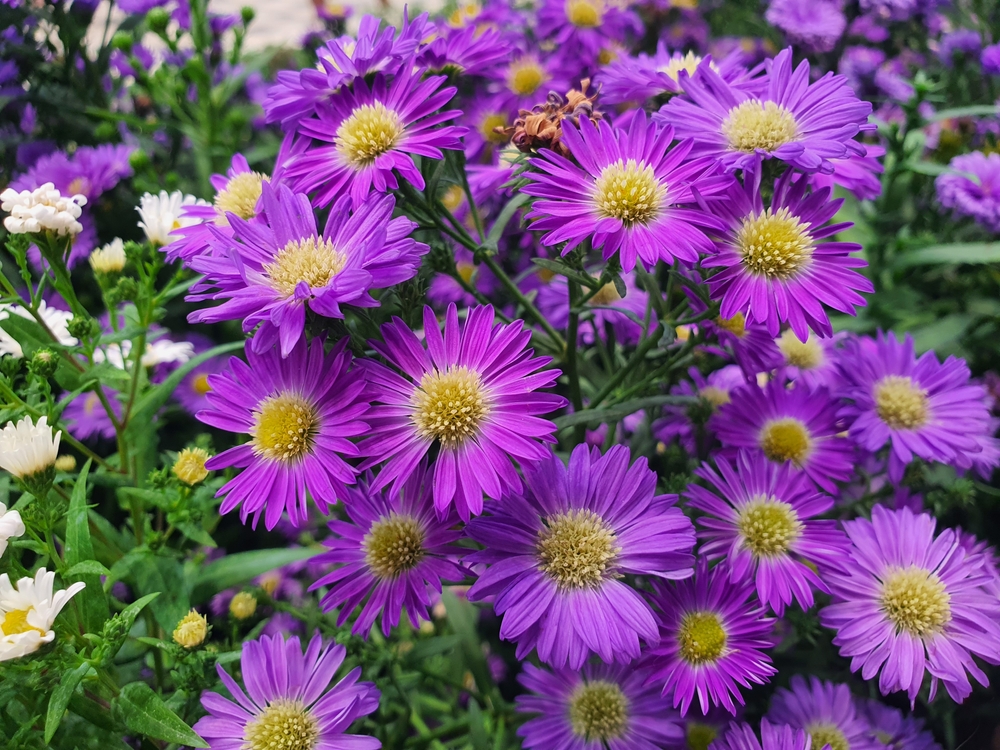
Asters are known for their beautiful late-season blooms, making them a perfect choice for fall planting. These perennials thrive in cooler temperatures, allowing them to establish a solid root system before the first frost. They can be planted in full sun or partial shade and are ideal for adding color to your garden in late summer and fall. Asters come in various colors, including purple, pink, and white, providing versatility for garden designs.
They are low-maintenance plants that can tolerate a range of soil types, as long as they are well-drained. Once established, asters are relatively drought-tolerant, making them a great option for regions with variable rainfall. They attract pollinators such as bees and butterflies, making them an excellent choice for eco-friendly gardens. Asters are also deer-resistant, so they are less likely to be eaten by local wildlife.
Black-eyed Susan (Rudbeckia hirta)
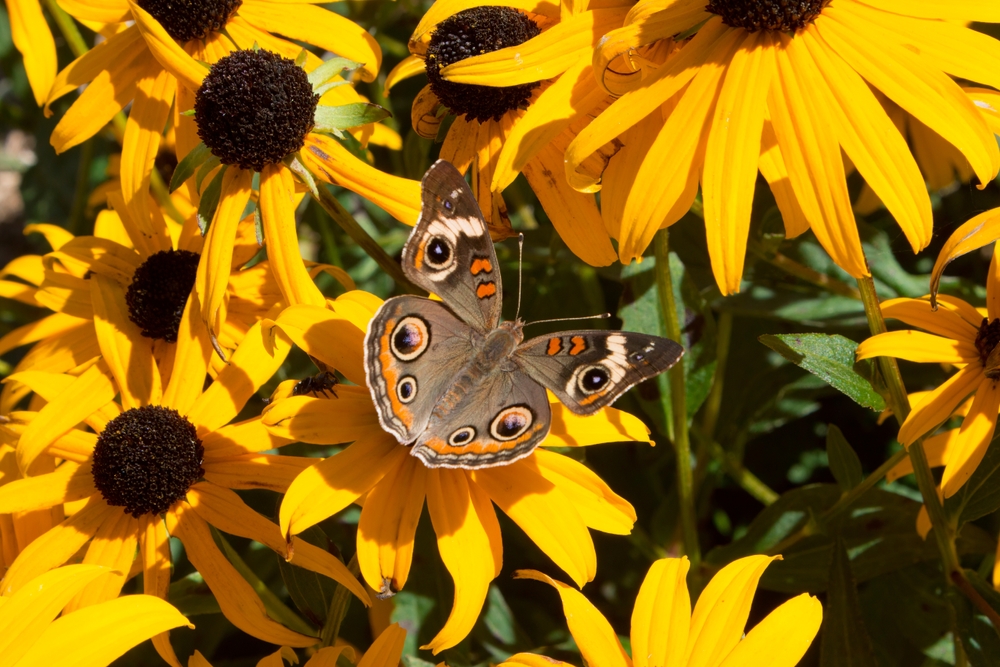
Black-eyed Susans are a popular choice for adding bright yellow blooms to your fall garden. These hardy perennials are known for their ability to withstand colder temperatures, making them a reliable option for fall planting. They grow best in full sun and can adapt to a variety of soil conditions, from sandy to loamy. Their striking flowers are perfect for adding a cheerful touch to your garden in the cooler months.
In addition to their vibrant blooms, Black-eyed Susans are known for their low-maintenance nature. Once established, they require minimal watering and are tolerant of drought conditions. These plants also attract pollinators, especially bees, which help support local ecosystems. Their long-lasting flowers make them an excellent choice for extending the beauty of your garden well into autumn.
Hellebore (Helleborus spp.)
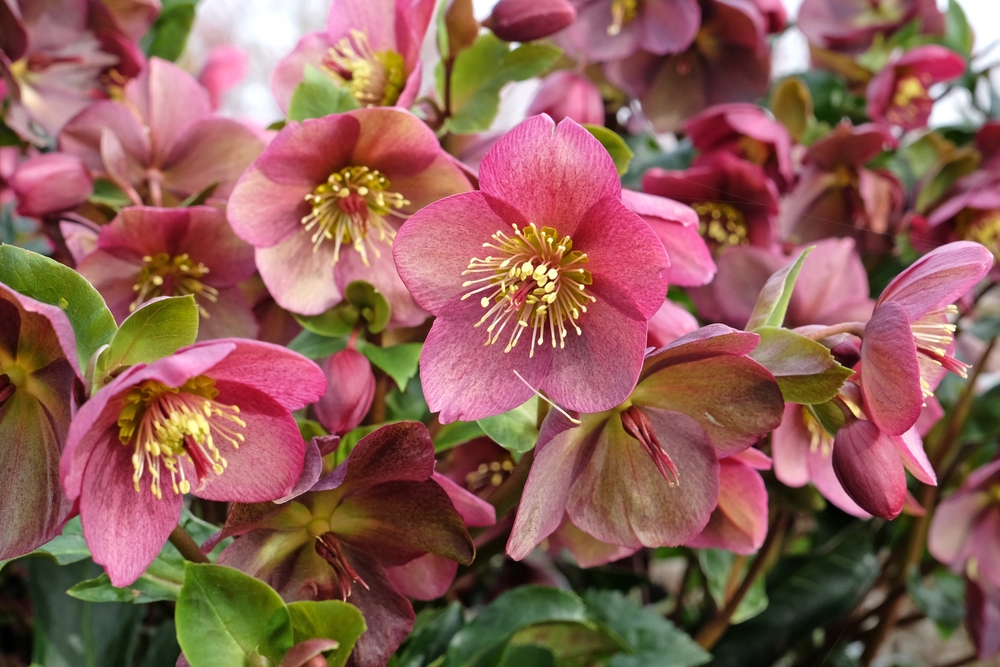
Hellebores, also known as Lenten roses, are among the few perennials that bloom in winter or early spring, making them an excellent fall planting option. They are hardy and can tolerate cold temperatures, often surviving through harsh winters. Hellebores prefer well-drained, slightly alkaline soil and thrive in partial to full shade, making them perfect for woodland gardens or shaded areas. Their unique, cup-shaped flowers add a delicate touch to any garden during the cooler months.
Once established, hellebores are relatively low-maintenance and can survive in dry conditions. They are also known for their long bloom period, sometimes lasting several months. Their evergreen foliage ensures year-round interest, providing greenery even when the flowers have faded. Hellebores are also deer-resistant, which makes them a great addition to gardens with wildlife.
Lavender (Lavandula angustifolia)
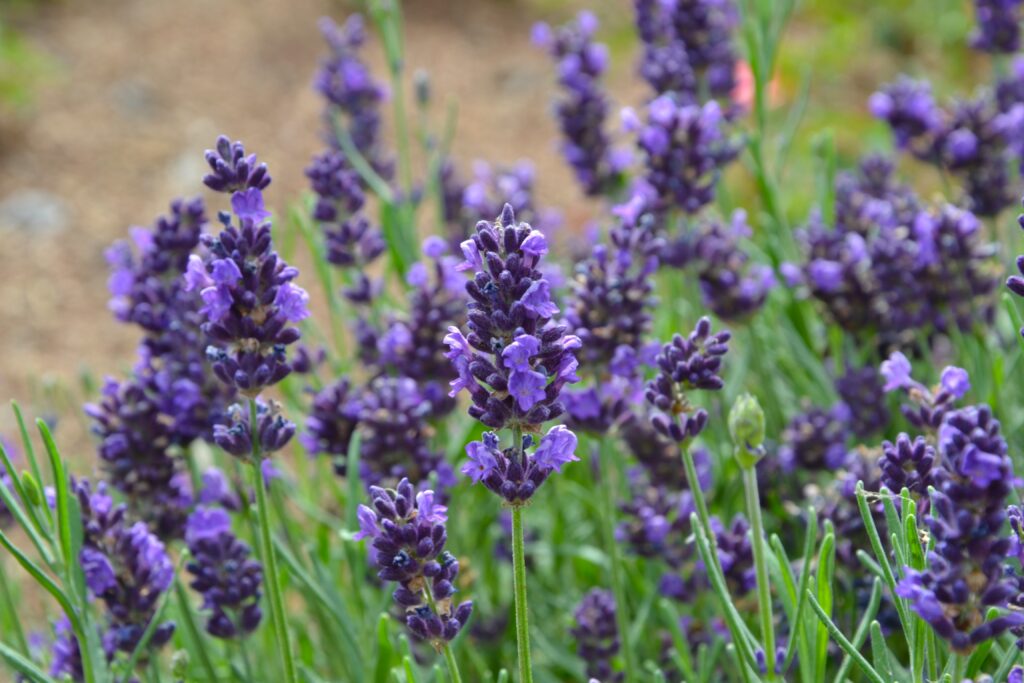
Lavender is a fragrant and drought-tolerant perennial that performs well when planted in the fall. It thrives in full sun and well-drained soil, making it an excellent choice for sunny garden spots or along pathways. Its silvery-green foliage and purple flowers add both beauty and fragrance to your garden, and it is often used in both ornamental and culinary applications. Lavender attracts pollinators, such as bees and butterflies, enhancing your garden’s ecosystem.
Lavender is known for its hardiness in colder climates, often surviving frost once its roots are well-established. It is low-maintenance and requires minimal watering once established, making it an eco-friendly choice. Lavender’s fragrant flowers are not only pleasing to the senses but also effective at repelling pests like mosquitoes. Its compact form makes it ideal for small spaces, container gardens, or as a border plant.
Sedum (Sedum spp.)
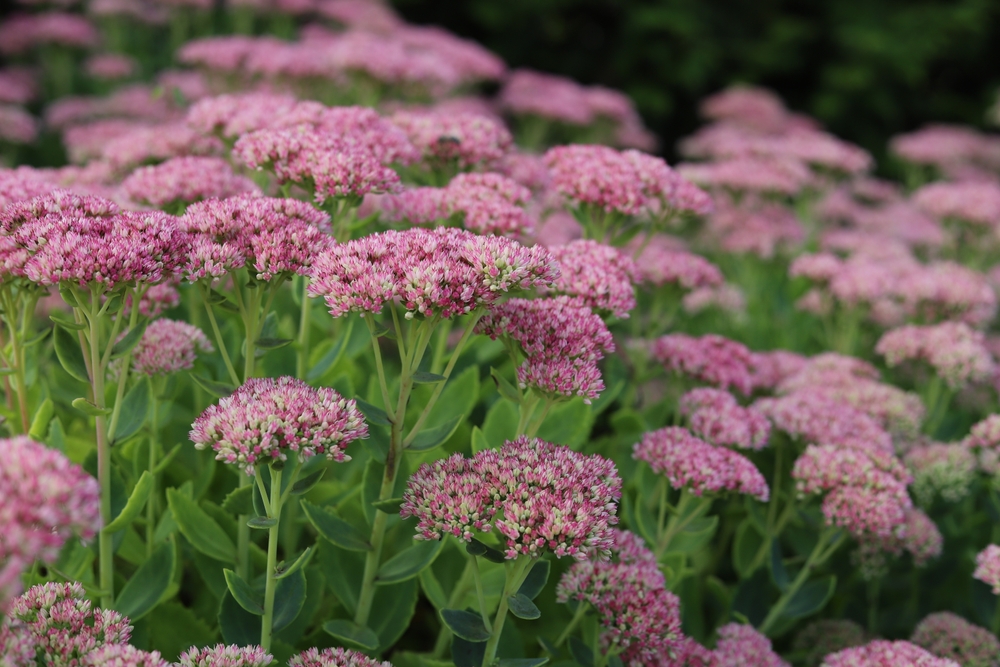
Sedums, commonly called “stonecrops,” are hardy perennials known for their ability to tolerate a variety of growing conditions. These plants thrive in poor, well-drained soil and require minimal water, making them an excellent option for fall planting. Sedums come in various shapes and sizes, from low-growing ground covers to taller, upright varieties. Their thick, succulent leaves store water, allowing them to withstand drought conditions.
In the fall, sedums produce clusters of small, star-like flowers that attract pollinators such as bees and butterflies. They are perfect for rock gardens, dry borders, and xeriscaping, where water conservation is key. Once established, sedums require very little care and can be left to grow without much intervention. Their attractive foliage and flowers provide interest throughout the fall season and well into the winter months.
Peony (Paeonia spp.)
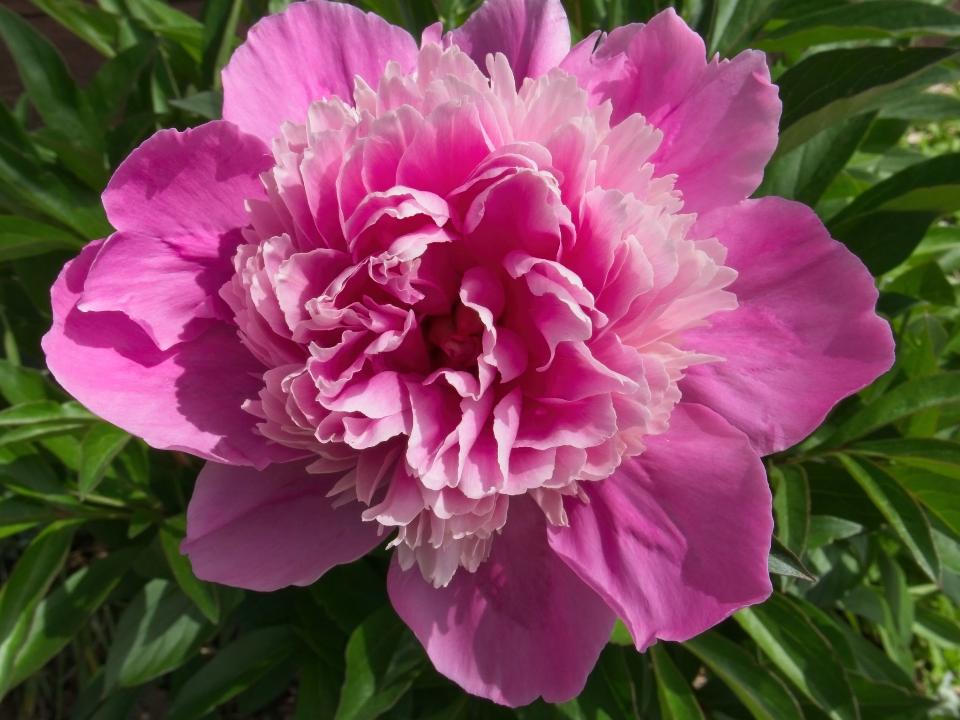
Peonies are beloved for their large, fragrant blooms that can add a touch of elegance to any garden. They are hardy perennials that can handle fall planting, as long as they are given enough time to establish strong roots before the winter frost. Peonies thrive in well-drained soil and full sun, making them a perfect choice for sunny garden beds. These plants produce large, showy flowers in a range of colors, from white to deep red, ensuring a stunning display in the spring.
Peonies are known for their longevity, with some plants living for decades. Once established, they require minimal care and are relatively pest-resistant. Their large, lush flowers are a favorite among gardeners, and their sturdy stems make them a great option for cut flower arrangements. Peonies can tolerate cold winters, making them an excellent choice for fall planting in areas with harsh climates.
Coneflower (Echinacea spp.)
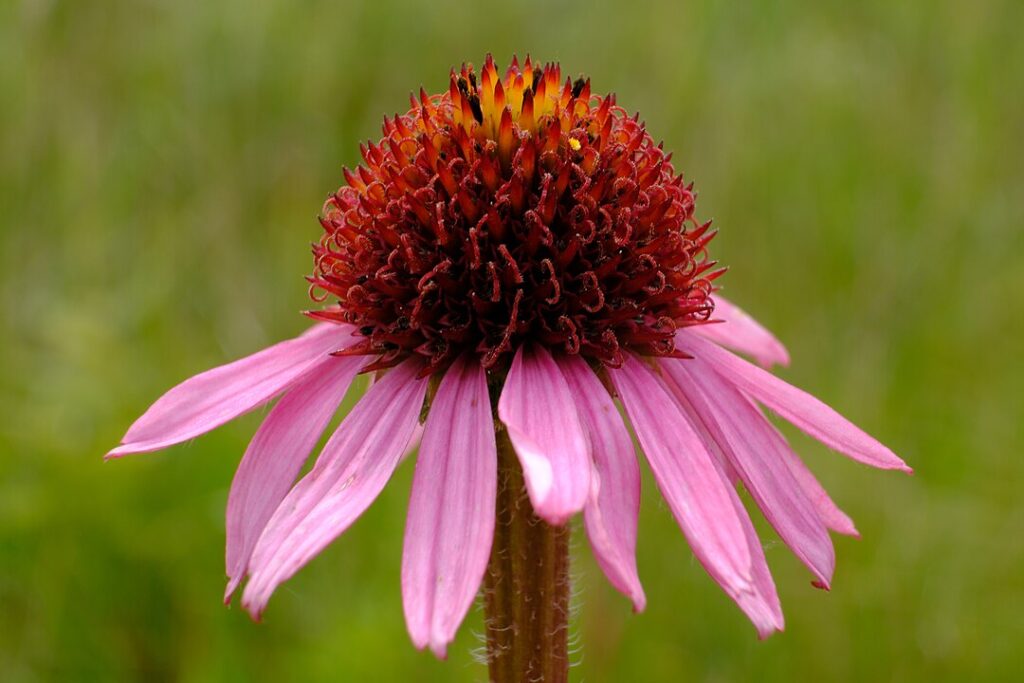
Coneflowers are hardy, drought-tolerant perennials that can handle fall planting with ease. These plants thrive in full sun and well-drained soil, making them a great choice for garden beds, meadows, or wildflower gardens. Coneflowers produce large, daisy-like flowers with prominent, cone-shaped centers, which attract pollinators like bees and butterflies. Their vibrant colors, including purple, pink, and white, make them stand out in any garden.
Once established, coneflowers are low-maintenance and drought-tolerant, requiring minimal watering. They are also known for their medicinal properties, particularly the Echinacea species, which is often used to support immune health. Coneflowers bloom in the summer and fall, providing color when many other plants are starting to fade. These tough, resilient plants are a great addition to any garden, offering both beauty and practical benefits.
Daylily (Hemerocallis spp.)
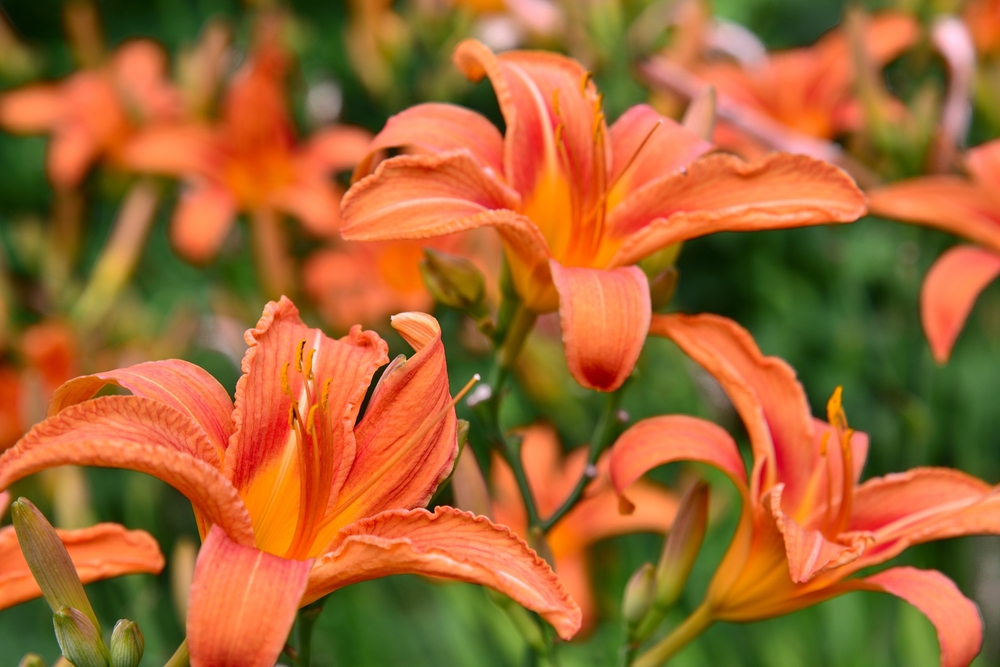
Daylilies are hardy perennials that can thrive in almost any soil and climate, making them an ideal choice for fall planting. They are incredibly versatile, growing well in both full sun and partial shade. Daylilies are known for their vibrant blooms, which come in a range of colors, including orange, yellow, red, and purple. They bloom for a short period each day, with new flowers opening daily, providing a continuous show of color.
These perennials are drought-tolerant once established and are low-maintenance, requiring little more than occasional deadheading. Daylilies can tolerate poor soil conditions and still produce impressive blooms. They are also resistant to pests and diseases, making them an easy plant to care for. Their vibrant flowers add long-lasting color to gardens, and they are often used in borders, mass plantings, or as groundcovers.
Shasta Daisy (Leucanthemum × superbum)
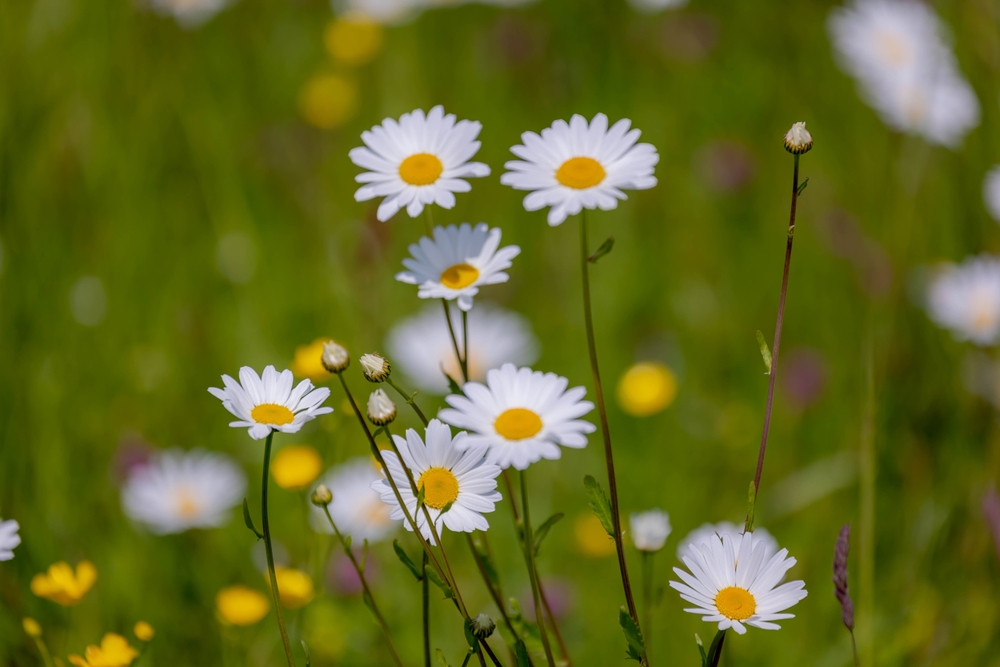
Shasta daisies are classic perennials that add a touch of brightness to any garden. These plants are well-suited for fall planting, as they establish strong roots before the colder weather sets in. They thrive in full sun and well-drained soil, and they are relatively drought-tolerant once established. Shasta daisies produce large, white flowers with yellow centers, making them perfect for creating a cheerful display.
Shasta daisies are low-maintenance and can be deadheaded to encourage a longer blooming period. They are excellent for cutting gardens, as their flowers make beautiful additions to floral arrangements. These plants are also resistant to pests and diseases, ensuring they remain healthy throughout the growing season. Their long-lasting flowers brighten up any garden, making them an ideal choice for late-season color.
Hostas (Hosta spp.)
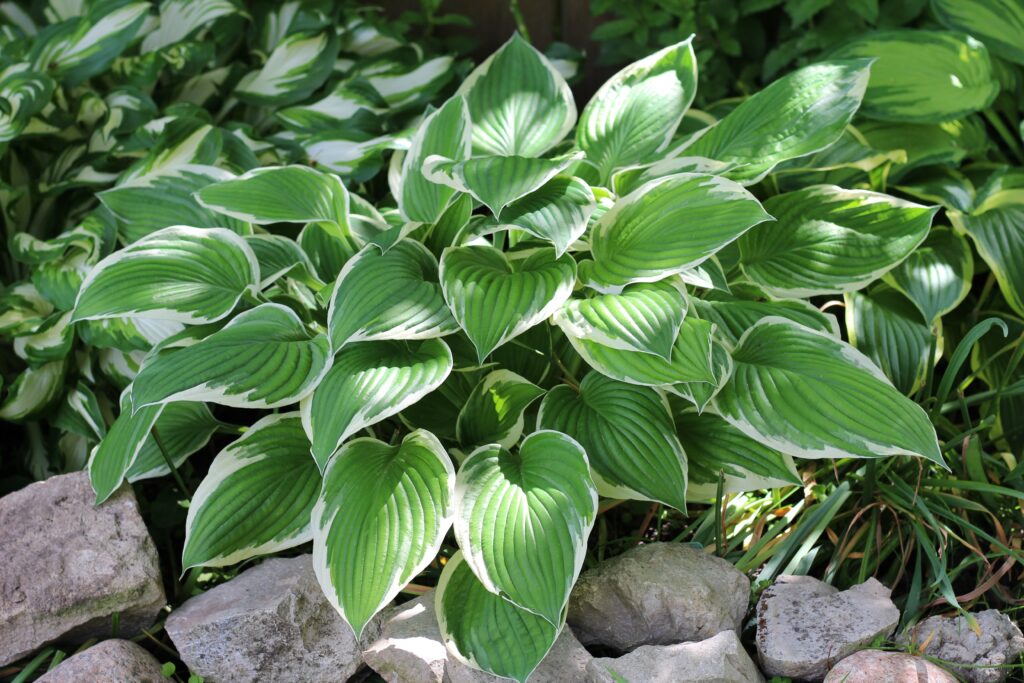
Hostas are popular shade-loving perennials that thrive in cooler temperatures, making them ideal for fall planting. They grow best in moist, well-drained soil and partial to full shade. Hostas are prized for their large, lush leaves, which come in various colors, including green, blue, and gold. Their attractive foliage adds texture and depth to shaded areas, while their delicate flowers bloom in the summer months.
These hardy plants are low-maintenance, requiring minimal care once established. They are also resistant to most pests, making them perfect for gardens with limited sunlight. Hostas are often used in woodland gardens or as border plants, where their foliage can add contrast to other plants. Their ability to thrive in shade makes them a great choice for areas where other plants might struggle.
Russian Sage (Perovskia atriplicifolia)
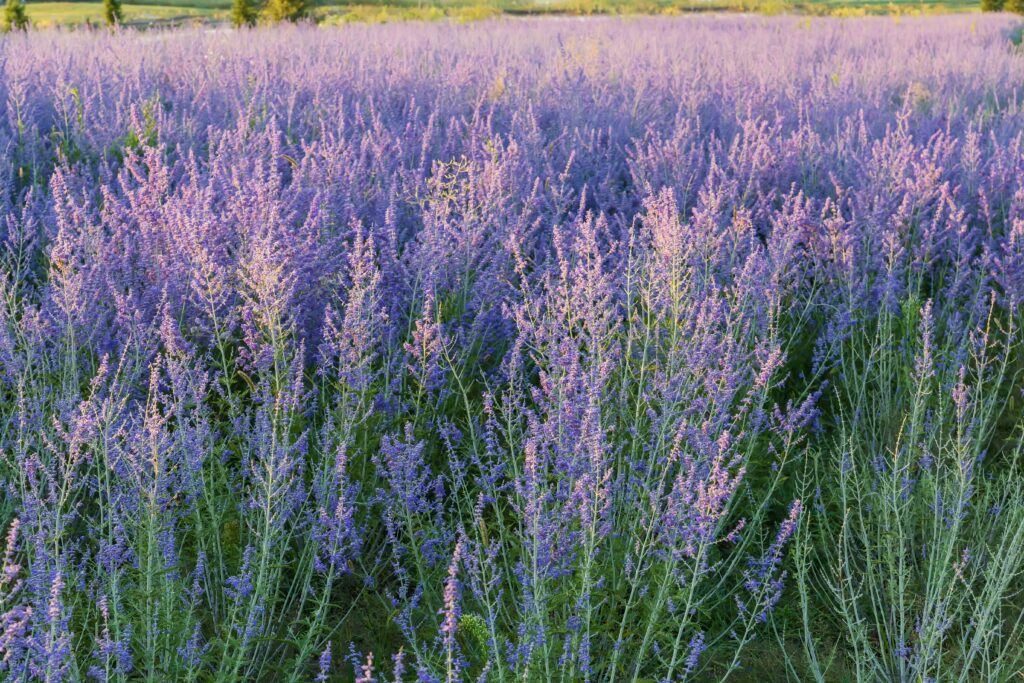
Russian sage is a hardy perennial that thrives in full sun and well-drained soil, making it a great option for fall planting. This plant produces tall, airy spikes of lavender-blue flowers, which attract pollinators like bees and butterflies. Its silvery foliage adds texture to gardens, while its flowers provide color from late summer to fall. Russian sage is known for its ability to tolerate drought and poor soil conditions.
Once established, Russian sage requires little maintenance and is resistant to pests and diseases. It is an excellent plant for xeriscaping or water-wise gardens, as it can survive in dry conditions. Russian sage’s long-lasting blooms are perfect for extending the beauty of your garden well into the fall season. It pairs well with other drought-tolerant plants, making it a versatile choice for any garden.
Bleeding Heart (Lamprocapnos spectabilis)

Bleeding heart is a charming perennial that produces unique heart-shaped flowers in shades of pink and white. It prefers partial shade and moist, well-drained soil, making it a good choice for gardens with a bit of shade. This plant blooms in the spring and early summer, adding a soft, romantic touch to your garden. Its delicate flowers hang from arching stems, creating a graceful effect in any landscape.
Bleeding heart thrives in cool, moist conditions and is best suited for woodland gardens or shaded borders. Once established, it is relatively low-maintenance and requires little care. The plant’s unique blooms and soft foliage make it an attractive addition to any garden. While it is a short-lived perennial, it often reseeds itself, providing new plants in the future.
Coral Bells (Heuchera spp.)
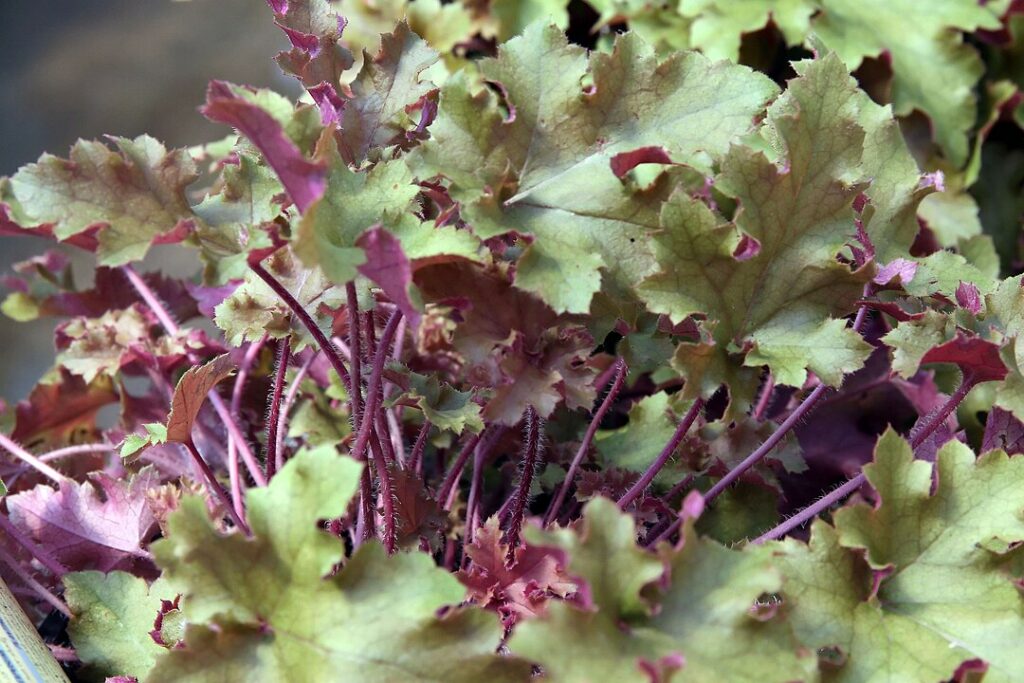
Coral bells are known for their colorful foliage, which comes in shades of red, purple, and green. These hardy perennials are perfect for adding year-round interest to your garden, as their leaves retain color throughout the seasons. Coral bells thrive in partial to full shade and well-drained soil. They are ideal for shady borders, containers, or as groundcovers in areas with limited sunlight.
These plants are low-maintenance and resistant to pests, making them perfect for beginner gardeners. Their flowers, though small, are borne on tall spikes and attract hummingbirds. Coral bells are also versatile, complementing other plants in the garden with their vibrant foliage. They are a great choice for gardens that need color and texture in shady spots.
Astilbe (Astilbe spp.)
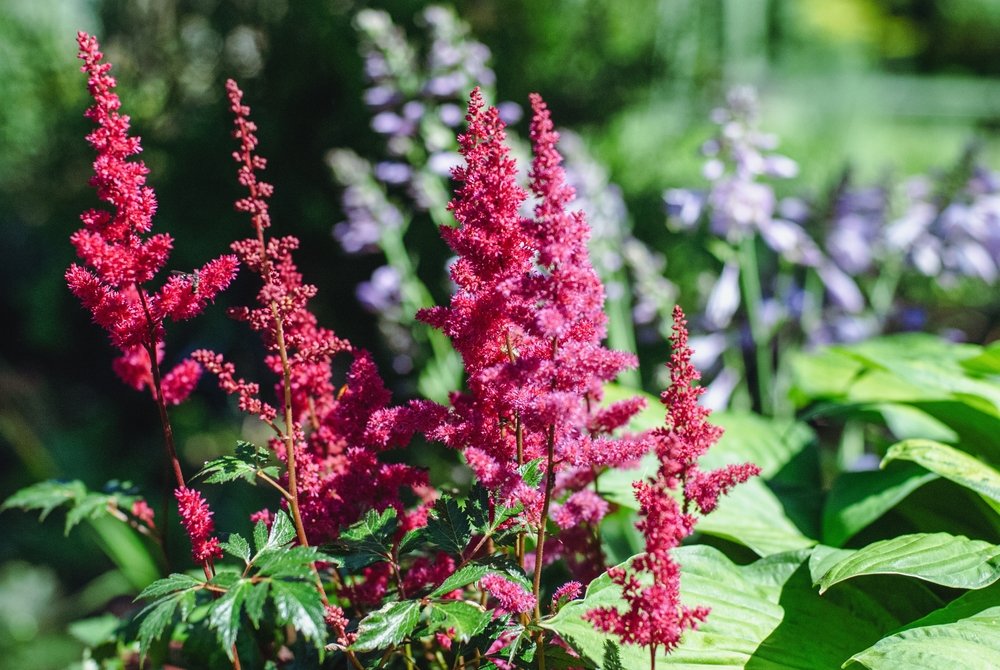
Astilbes are beautiful perennials that thrive in moist, well-drained soil and partial shade. These plants produce plume-like flowers in a range of colors, including white, pink, and red. They are perfect for adding texture and color to shaded garden areas, particularly near water features. Astilbes are known for their ability to thrive in wet conditions, making them a good option for rain gardens or boggy areas.
Once established, astilbes require minimal care and are relatively pest-resistant. Their feathery flowers add an elegant touch to gardens, while their foliage provides interest throughout the growing season. Astilbes are also great for cutting gardens, as their flowers make beautiful additions to floral arrangements. They are a stunning addition to any garden, providing beauty well into the fall months.
Goldenrod (Solidago spp.)
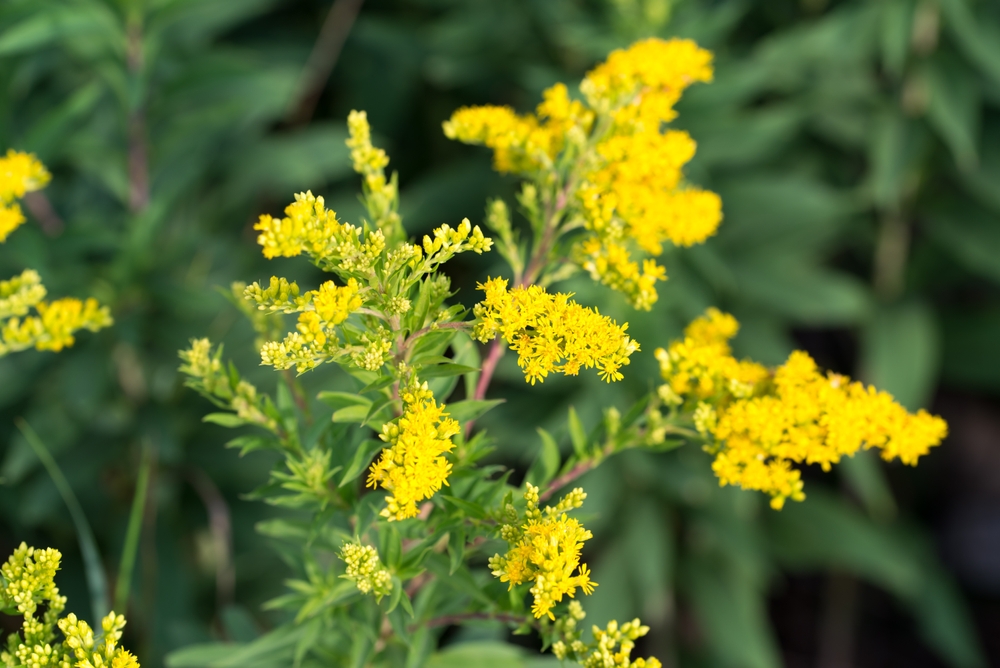
Goldenrod is a hardy perennial that blooms late in the summer and fall, making it a perfect addition to your garden as the seasons change. It thrives in full sun and well-drained soil, adding a vibrant splash of yellow to your landscape. Goldenrod is known for its ability to tolerate drought and poor soil conditions, making it a low-maintenance option for fall planting. It is also an excellent plant for attracting pollinators, including bees and butterflies.
Goldenrod’s tall, striking flower spikes add vertical interest to the garden. Once established, it requires very little care, making it a great choice for busy gardeners. It is also deer-resistant, making it less likely to be eaten by local wildlife. Goldenrod is a great plant for adding late-season color to your garden, providing beauty well into the fall and beyond.
This article originally appeared on Avocadu.
